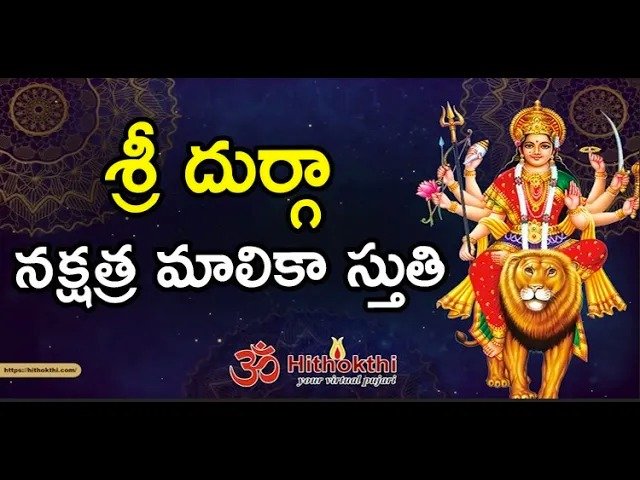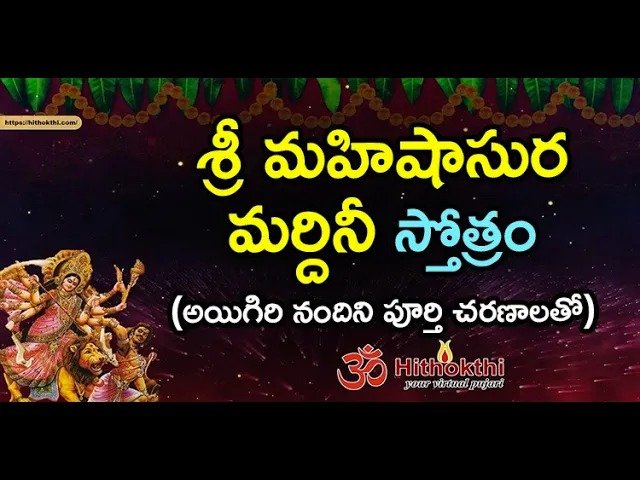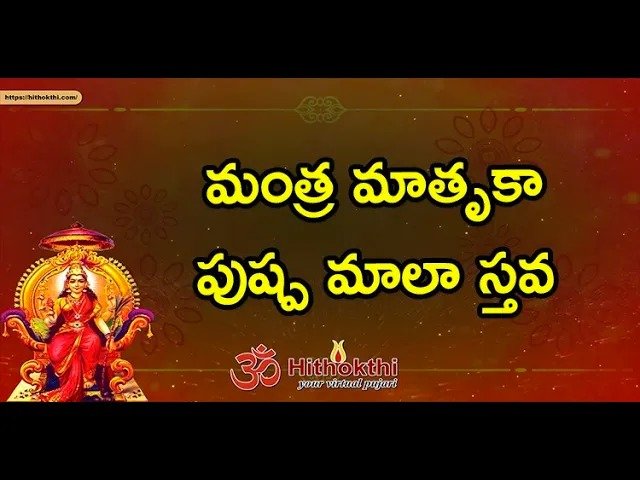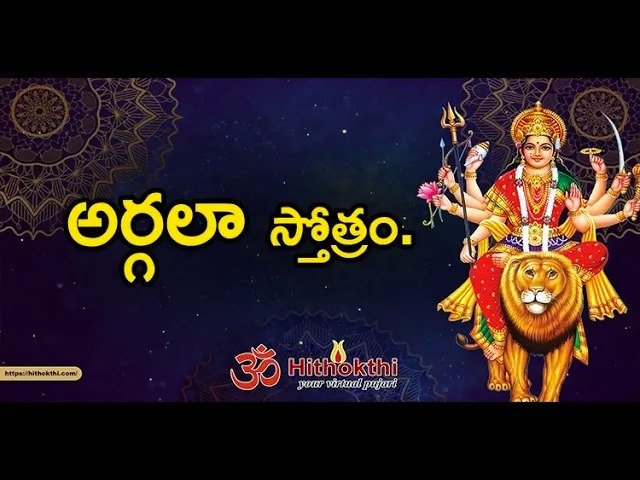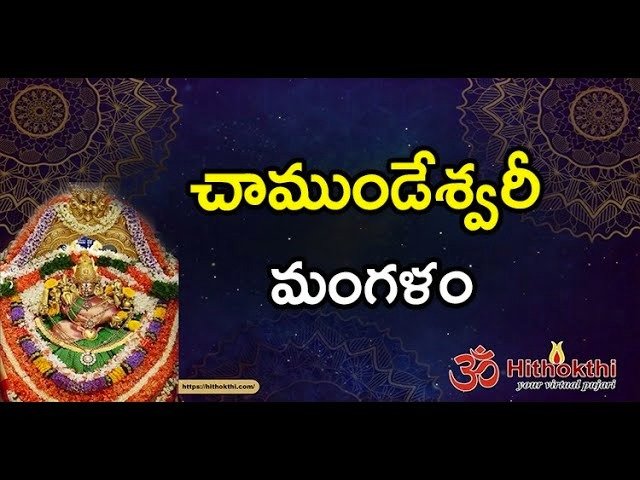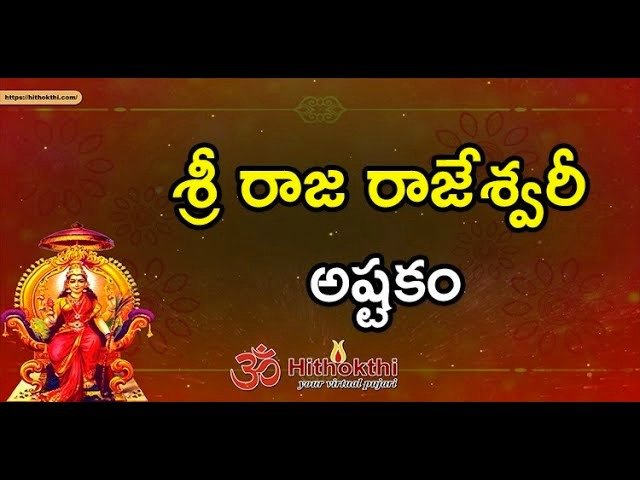Ram Setu in Danger

July 17, 2013: These are volatile times for the Hindus in India. They should avoid expressing in public or formulate in private any religious sentiment or spiritual aspiration that they may hold deep within. If they have the temerity to do so they are castigated, attacked and pilloried as communalists working to tear apart the Left-Liberal-Congress created secular fabric of the country!
The Ram Setu Sutra
Genuine devotees of Rama have to tread cautiously, from the Setu in the south to his birthplace Ayodhya in the north, the devotees of Ram and Ram himself is being taken to task by self-appointed guardians of Indian nationhood. In such an atmosphere, to simply articulate a cherished hope of seeing a Ram temple stand in Ayodhya someday, is seen as a sinful act!
The DMK, which has a history of divisive politics in the country, has again begun raking up the Ram Setu issue. The permanent patriarch of the DMK, Karunanidhi, has again led a State-wide stir asking the Centre to immediately resume work on the Sethu Samudram Canal Project by dredging through the rock of Hindu faith. But it is dangerous for Hindus to protest in view of the surcharged political atmosphere of the day. A protest against the desecration of Hindu sentiments is perceived as a great sin and an attempt at destroying the secular fabric of the nation. That exemplar of secularism – the Congress – is quick to give lessons in nationalism, religion and nationality to anyone who stands up for the Hindus.
BJP revisits Ram temple issue in Ayodhya
Karunanidhi, who has long worked towards communalising Tamil Nadu politics, has always tilted towards and encouraged radical Islamist groups to gain a foothold in the State while viciously attacking Hindu believers. He has always gone overboard in accommodating the Islamic fringe and these groups have, in return, helped him sustain his political base. The latest case in point is the Muslim party, Manithaneya Makkal Katchi’s (MMK’s) support to the patriarch’s daughter in her bid for a second Rajya Sabha term.
In their Breaking India, a seminal study of the adversaries of Indian nationhood, Rajiv Malhotra and Aravindan Neelakandan have conclusively proved how the DMK has consistently aligned itself with “political Islam in Tamil Nadu.” The DMK’s policy of appeasement strengthened radical Islamic groups in the State in the eighties and nineties. The formation in 1986 of the All India Jihad Committee (AIJC) under the rabid Islamic preacher Ahmad Ali alias Palani Baba who “worked to spread the Jihad’s influence to Muslim areas all over Tamil Nadu” had consistent support from the DMK.
The DMK’s sympathies did not stop with Palani Baba’s death but percolated to supporting the Tamil Muslim Munnetra Kazhagam (TMMK), a socio-political front of the Al-Ummah, seen by Indian intelligence agencies to be the “most active jihadist force in Tamil Nadu” in the 1990s. It was an office-bearer of the TMMK who had once demanded that the Government of India “legalise the stoning of ‘immoral’ women across India.”
The DMK’s support and deep concern for the welfare of the “godfather of south Indian Jihad”, Abdul Nasser Madhani, is too well known for reiteration, so much for the DMK’s medieval, anti-secular and anti-national brand of politics. It was the DMK’s patronisation of Islamic fundamentalism that turned Tamil Nadu, a land which had preserved the Hindu religion and culture, into a nursery of jihad and religious intolerance.
Coming to the Rama Setu, its great role in maintaining the marine ecological balance in the region, its role in deflecting to a great extent the effects of tsunami and its historicity has been amply discussed and presented with detailed proof by S Kalyanaraman in his path breaking researches on the Ram Setu. But Karunanidhi has no time for such cerebral approaches and cogency. He has got down to doing what he is best at, dividing the polity and politics of a state which has politically tolerated and sustained him for more than half a century now.
10 facts about the Ram Setu row
Referring to the first commission, the A Ramaswamy Mudaliar Committee set up in 1956 to look into the feasibility of a channel and creation of a port at Tuticorin, Kalyanaraman argued that this committee had even then observed against the formation of the canal, because of shifting sandbanks that would pose severe problems during construction and maintenance. Moreover the approaches to the canal would be too open “with no possibility of construction of protective works” and would entail a “definite navigational hazard.” The huge ecological imbalance and devastation that a canal in the region would introduce has also been amply proved and researched.
But what the DMK under Karunanidhi has done is to consistently and deliberately hurt Hindu religious sentiments. Each time, however, they have been met with facts by historians who have shown the historicity of the Setu as well as its deep emotional link to the vast majority of Hindus. When the DMK patriarch derisively asked which engineering college did Ram study in order to be able to construct a bridge, veteran archeologist BB Lal in his profusely illustrated and cogently argued, Rama, His Historicity, Mandir and Setuproved the reality of the bridge by demonstrating its existence and use in the antiquities. Marco Polo in course of his travels in the 13th century referred to the bridge and called it the “Setabund Rameshwara”. In the 11th century, pointed out Lal, Alberuni described the bridge and said, “Setubandha means the bridge of the ocean. It is the dike of Rama, the son of Dasaratha, which he built from the continent to castle Lanka. At present it consists of isolated mountains between which the ocean flows.”
Providing epigraphic evidences, Lal showed how the Hampi inscriptions of the mighty Hindu kingdom of Vijayanagara in 1508 CE referred “many times to the Rama Setu.” Basing himself on archeological and climate data, Lal also demonstrated that the sea along the Setu was shallow and could be walked across around the period that Rama was said to have crossed over to Lanka. Lal argued on the basis of evidence that during the period the sea-level must have been “at least 6 metres below the present” as a result exposing the “entire land-mass from Dhanushkodi to Talaimannar.” To fill up the shallow stretches of water thus did not require a “graduate degree from an engineering college.”
Karunanidhi’s other contention that Rama is a predominantly north Indian god and has no tradition of worship in the south has also been proved to be insidious propaganda of the Goebbelesian type. In her just released and meticulously researched opus, Ram & Ayodhya, Delhi University historian Meenakshi Jain has demonstrated the countrywide popularity of the Rama cult since the ancient times. For Karunanidhi’s sake and understanding let us stick to evidences from Tamil Nadu.
Jain argues that epigraphic records confirm that “images of Rama had become commonplace in the Tamil region by about the tenth century AD.” By about the eighth century, the “concept of Rama as chief deity of the temple had come into vogue into the south.” Consequent to the Muslim invasions, it was the south that saw a new vision of Rama, “the intelligentsia in the south”, argues Jain, “evoked the concept of Kodanda-Rama, Rama with the bow, when they “saw their countrymen and fellowmen and their culture being shattered and mangled.”
Rama and his story also found mention in the Sangam literature. Jain points out that a verse in the Purananuru collection “referred to the abduction of Sita by Ravana.” The Rama story was further popularized in the Tamil region in the seventh and eighth century by the Alvar and Nayannar saints. Around the first half of the ninth century, one Kulashekhara Alvar, considered to be the “most ardent Rama devotee” was credited with laying the foundations of “Rama-worship in Tamilnad.” His Perumal Tirumoli narrates the entire story of Rama and expresses “deep devotion to the deity.”
Ram Setu in danger!
The most popular rendition of the Ramayana in the south was the Ramavatarakatha by the legendary king of poets, Kamban. For Kamban, “Rama was Narayana, the Supreme Reality” and was portrayed as a “Tamil hero, a generous giver and a ruthless destroyer of foes.” Kamban saw Rama as a “god on a mission to root out evil, sustain the good, and bring release to all living beings.”
Thus Karunanidhi and his anti-Hindu outfit, by wanting to destroy the Rama Setu, are disowning their own historical and cultural expressions. They are hacking away at the very religious psyche of the Tamils. Lord Rama and his story have debunked the myth of an Aryan-Dravidian divide in India. It is the only pan-Indian saga that repeatedly exposes the hollowness of Karunanidhi’s identity politics by making him gradually irrelevant in a future India. The root of his ire thus is the fear of political oblivion.
But challenges such as his have to be resolutely met each time they arise. Hindus in India have to formulate and reiterate responses each time that they see a move to throttle their religious sentiments and aspirations. As the late Sita Ram Goel once observed, in today’s India it is not sufficient to just be a Hindu, “Hindu society and culture are under attack from several quarters. One has to be a convinced and conscious Hindu to meet and survive that attack.”
Source: NITI Central, DT. July 17, 2013.

